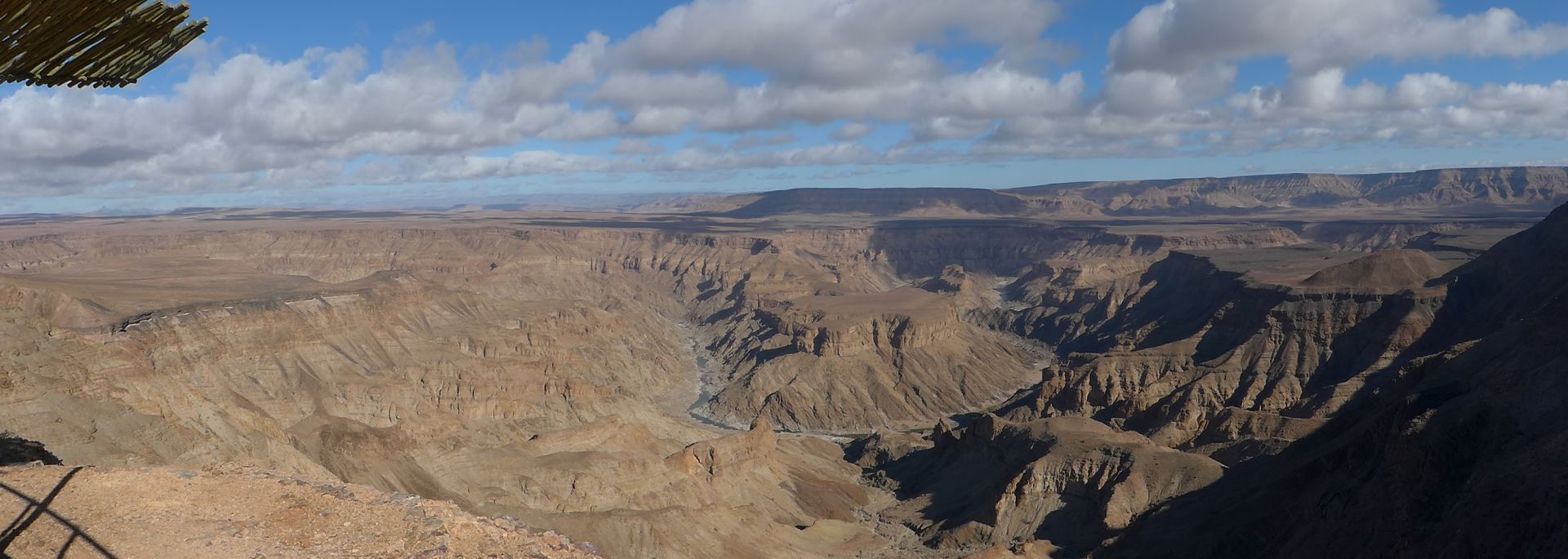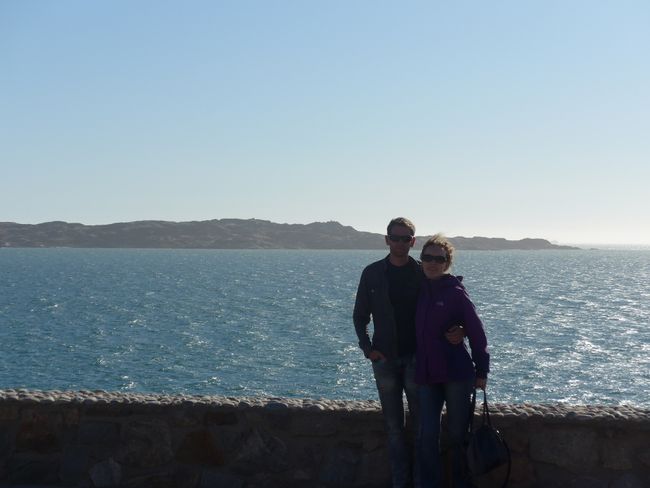Christchurch (New Zealand, Part 42)
Opublikowany: 05.02.2019
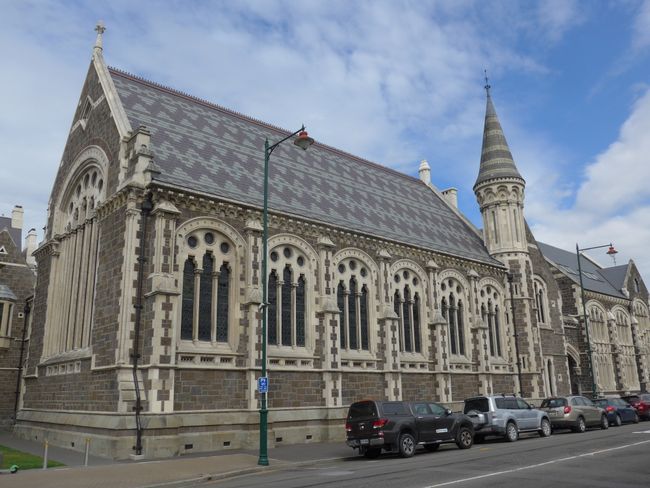

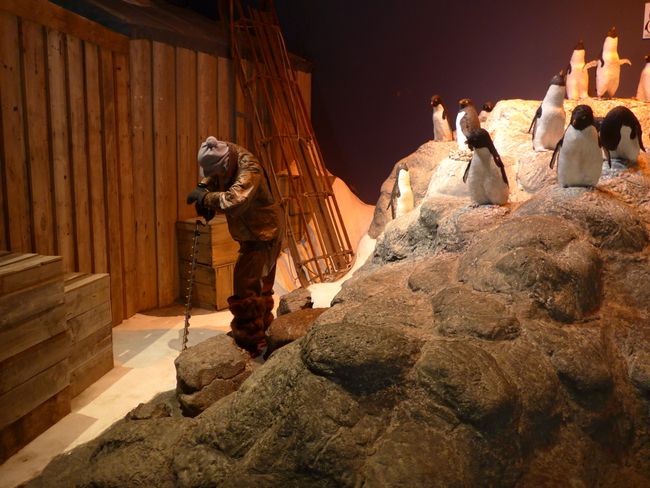
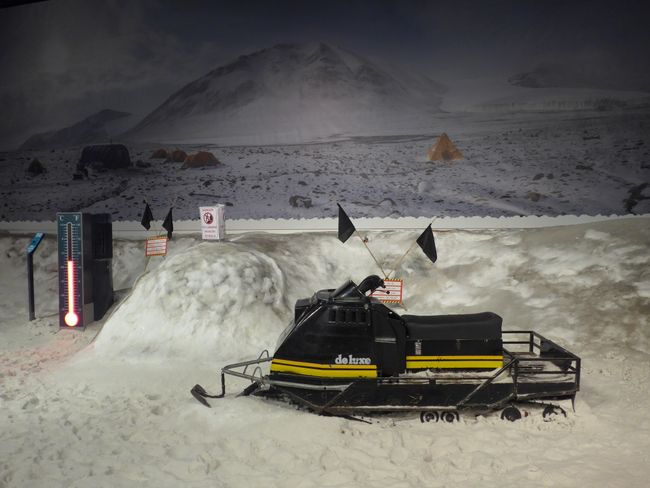
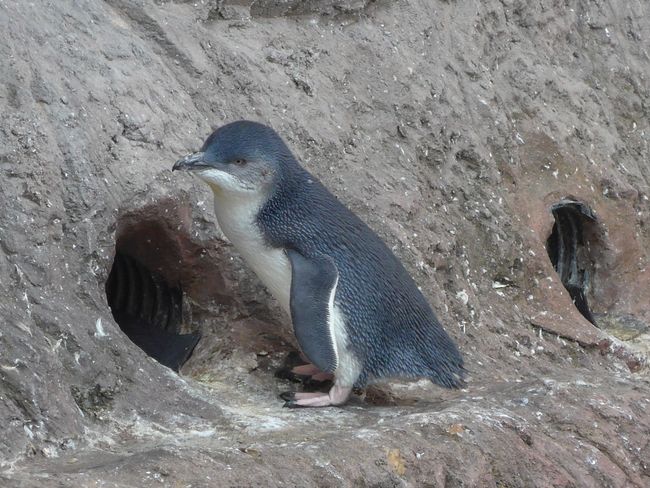

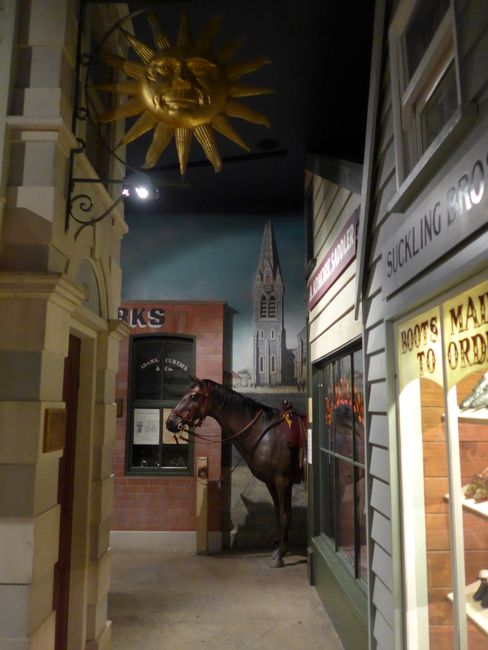
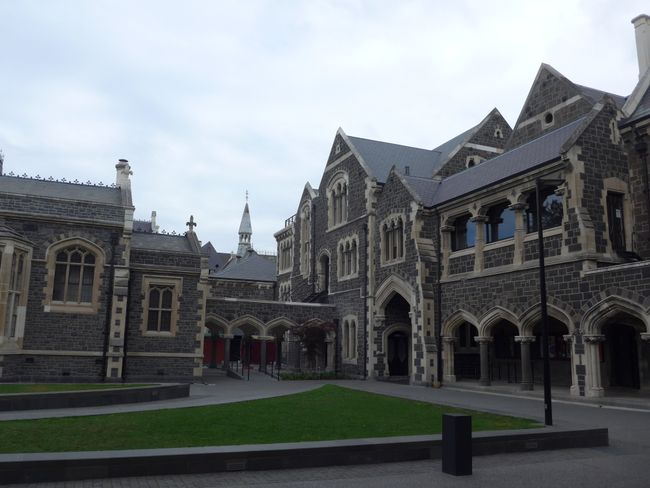
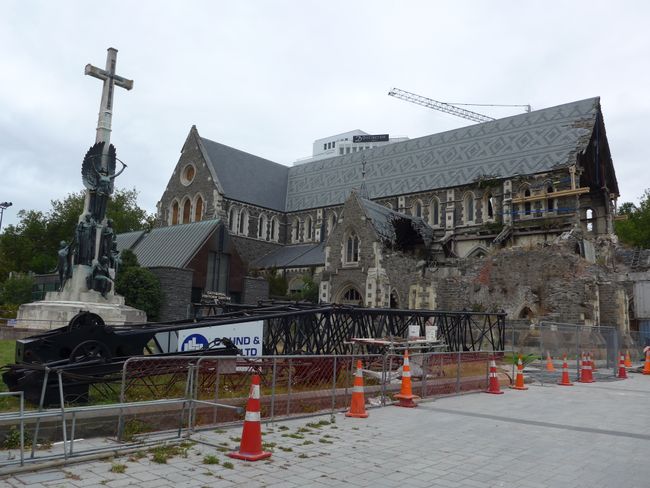
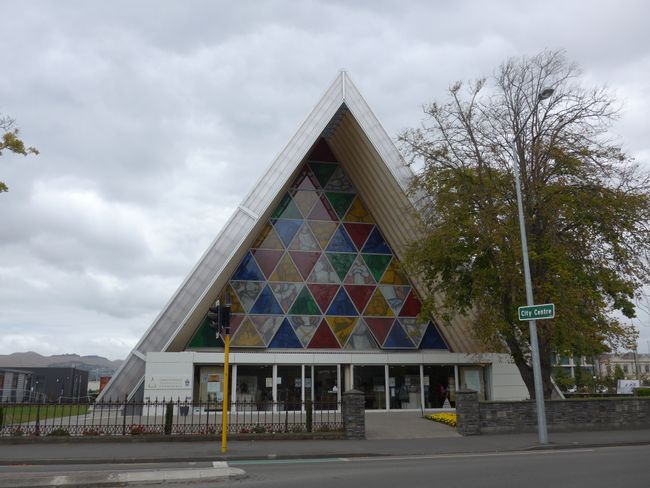
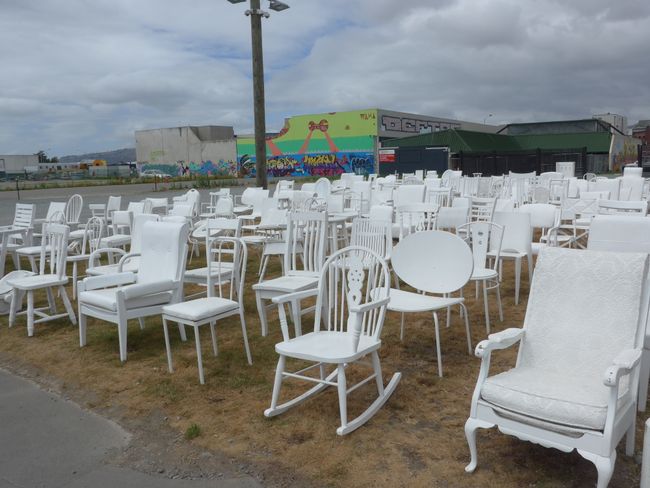
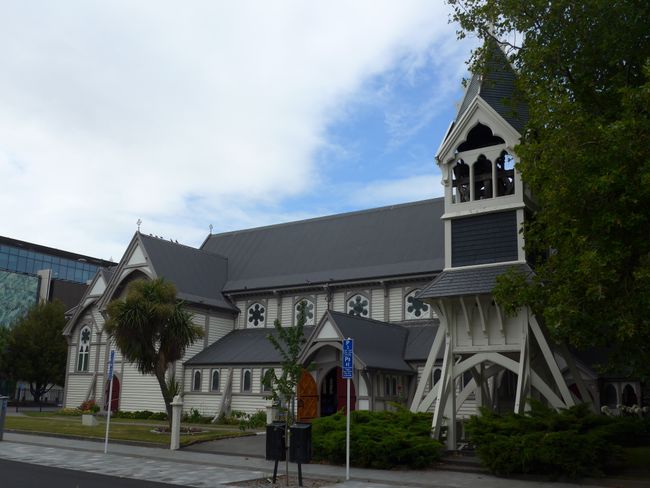
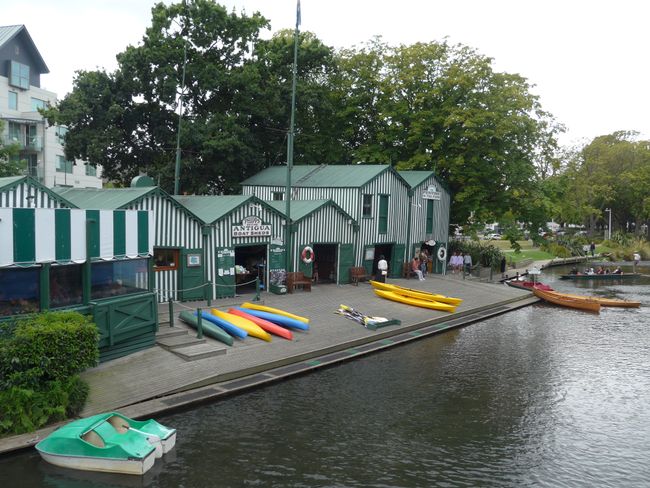
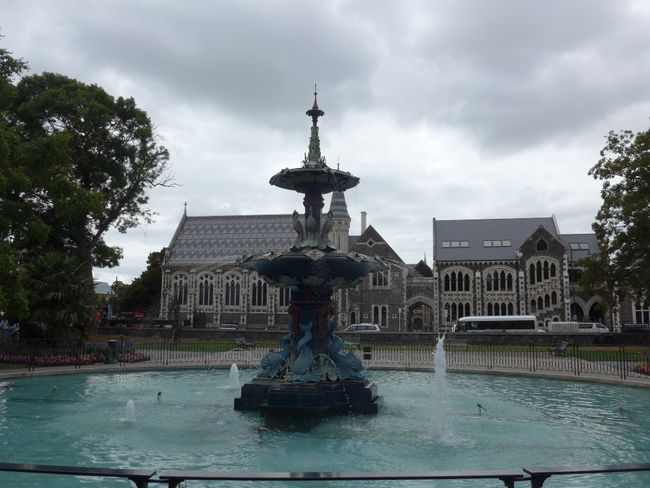
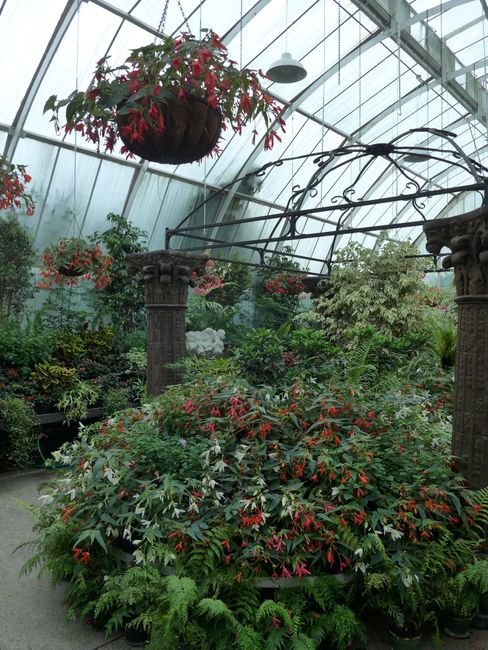
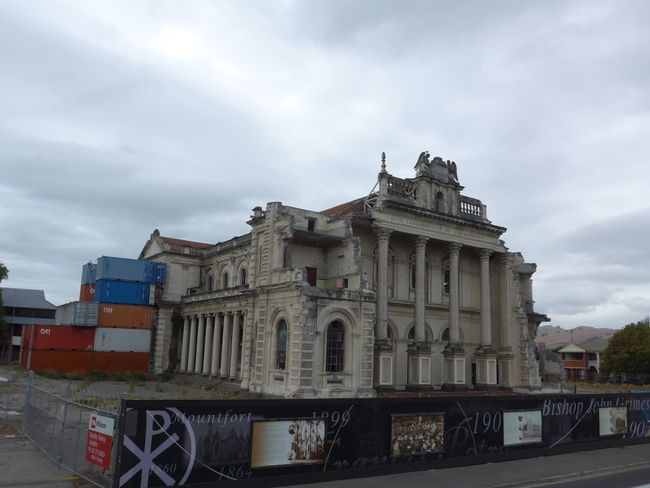
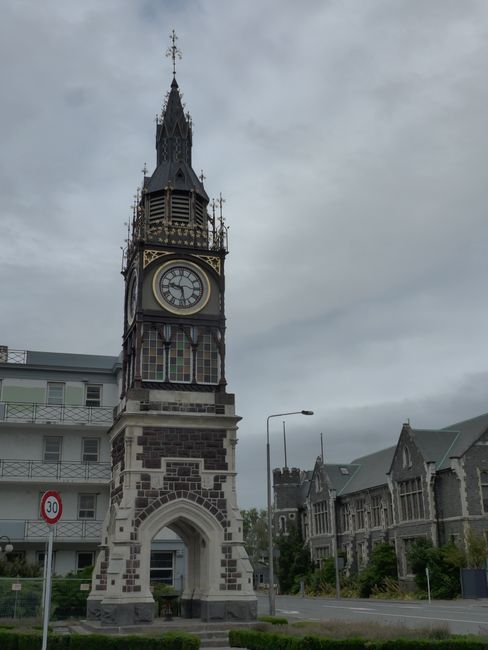
Zapisz się do newslettera
When we arrived in Christchurch, we were greeted with warm summer weather of 28°C and blue skies.
To cool off, we visited the international Antarctic center.

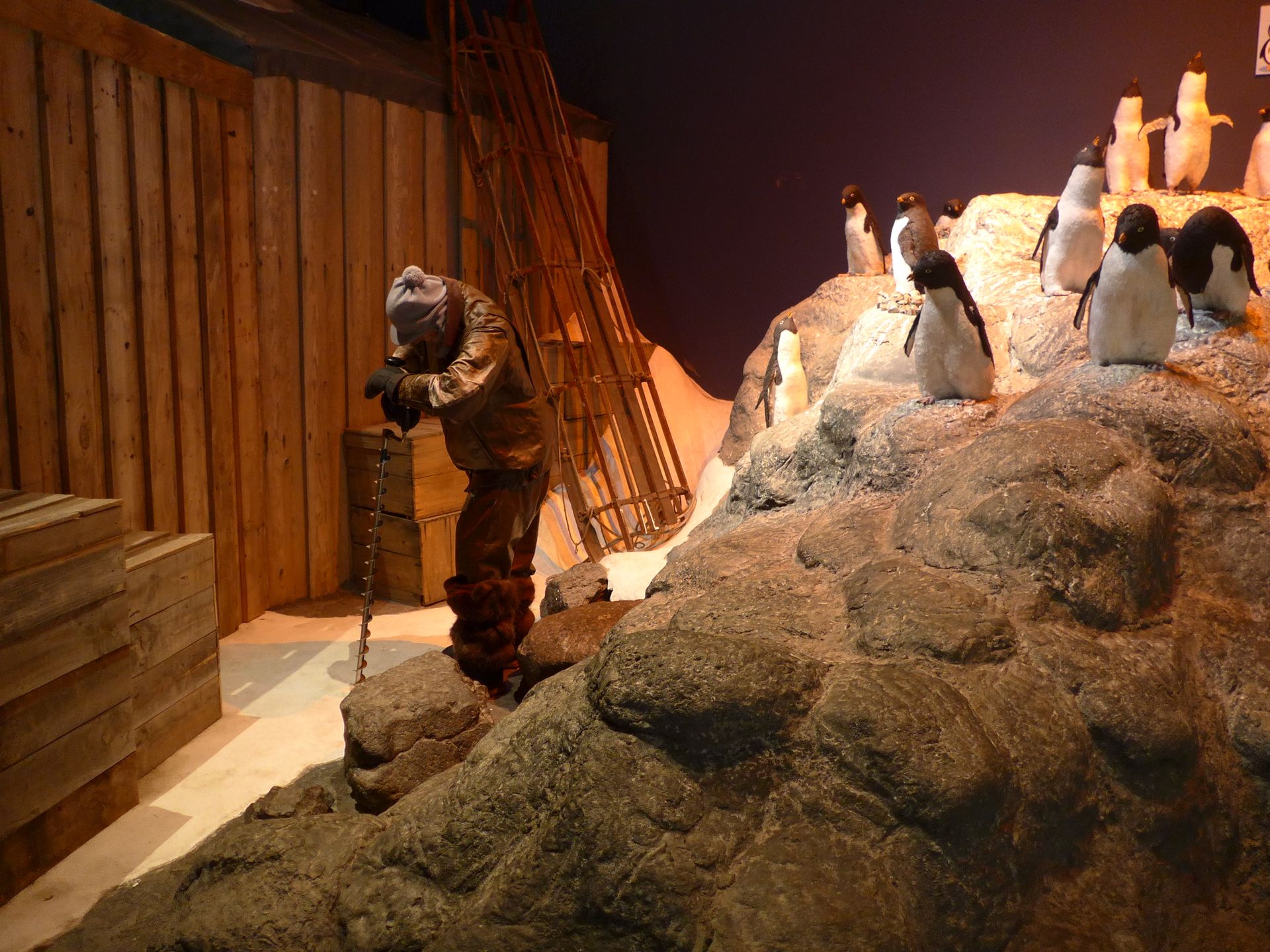
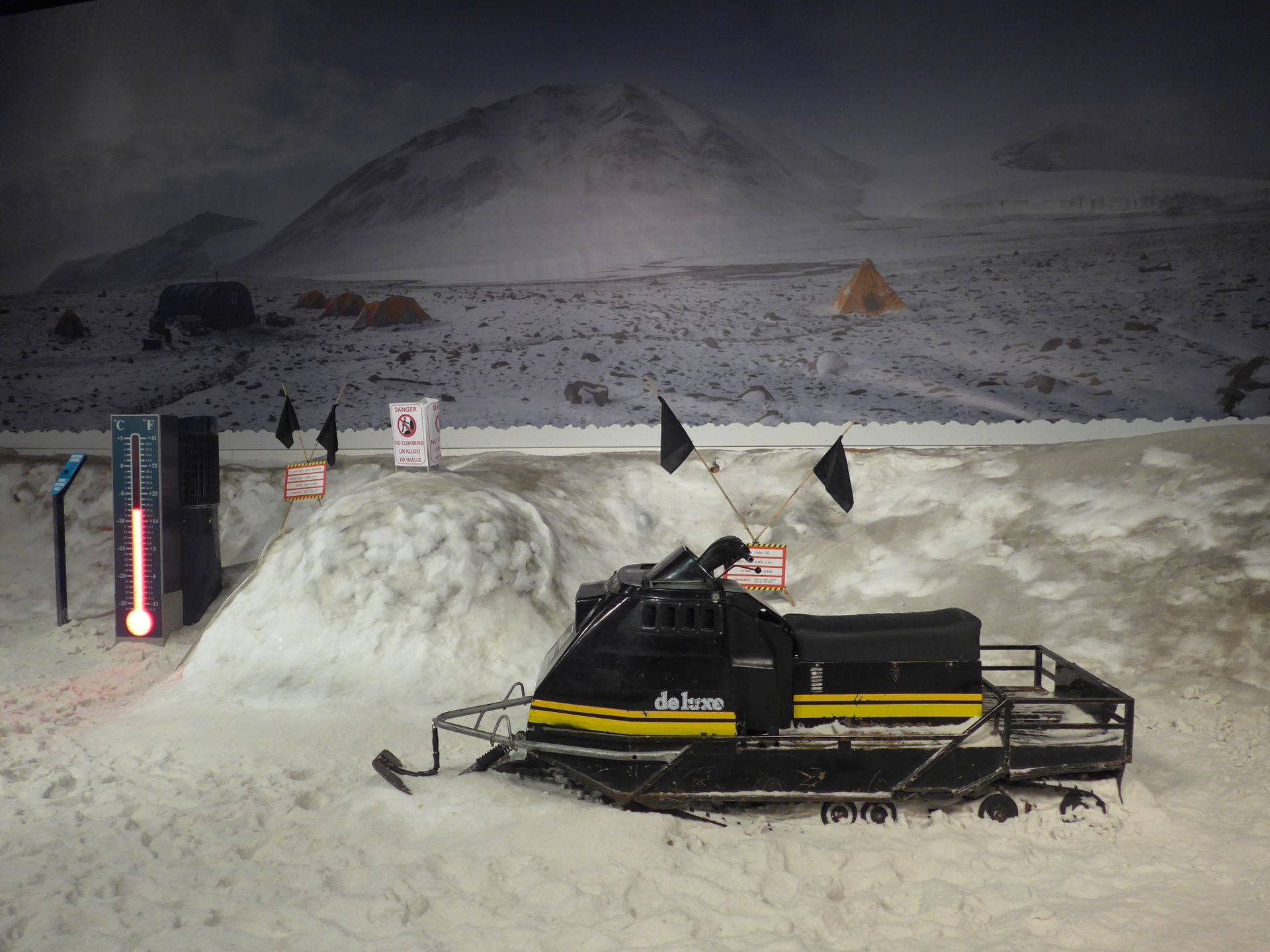


Overnight, the temperature dropped to 16°C and we had to bundle up during our city tour...

Christchurch was founded with the idea of creating an idealized image of Anglican English society. It was named after the church of the old Oxford colleges.

Many old buildings still remind us of this English influence during the early days of the city.
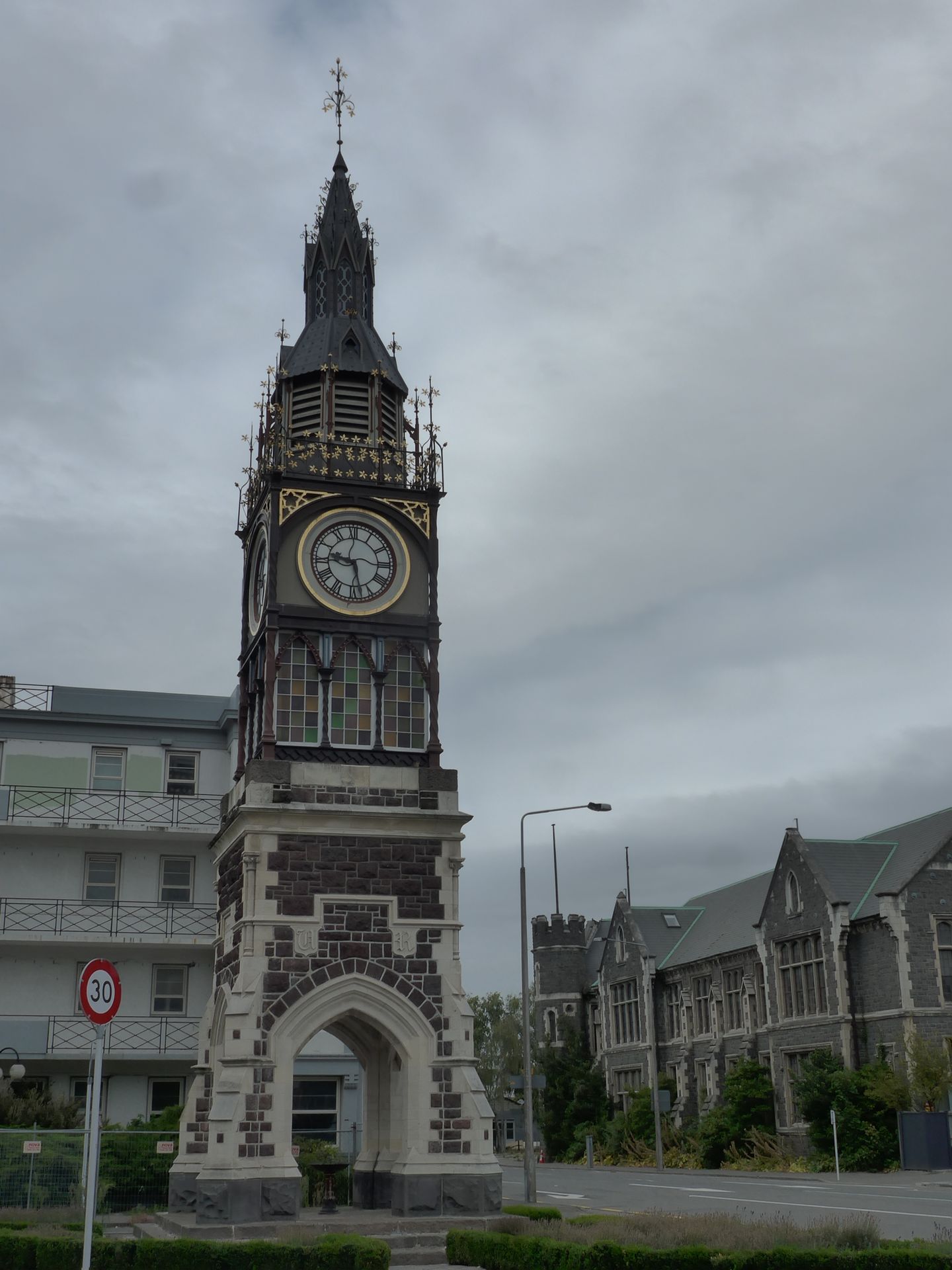
The Avon River, flowing through the city with willows and oaks, also creates an ideal image of the English homeland.
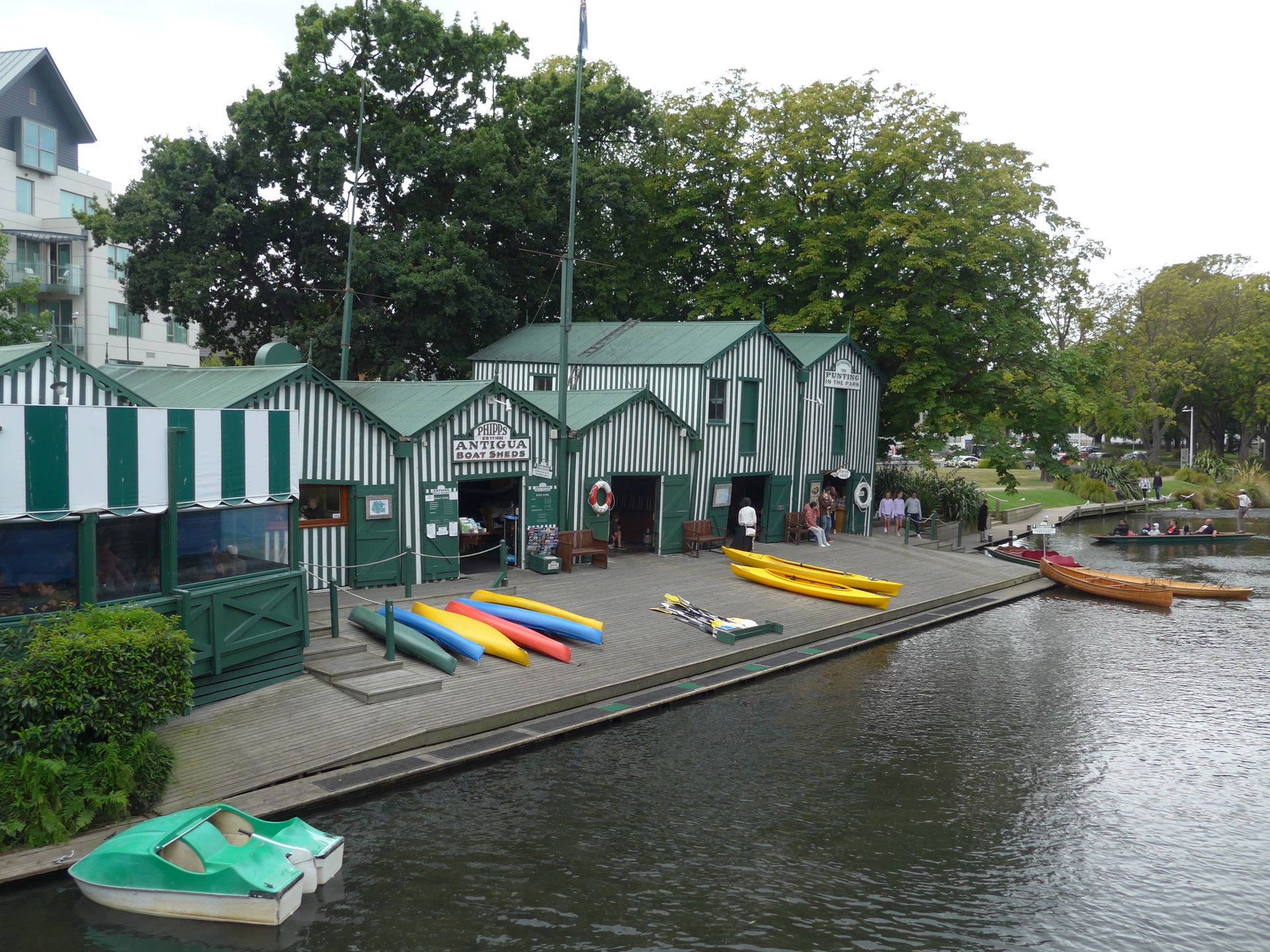
The earthquakes in 2010 and 2011 caused considerable damage and cost the lives of more than 180 people.
There are various artworks in the city commemorating this tragedy, such as a memorial wall with the names of all the victims and an installation of white chairs to symbolize the loss.

The spire of the Christ Church Cathedral collapsed onto Cathedral Square, and the discussion about whether to rebuild the church went on for a long time.
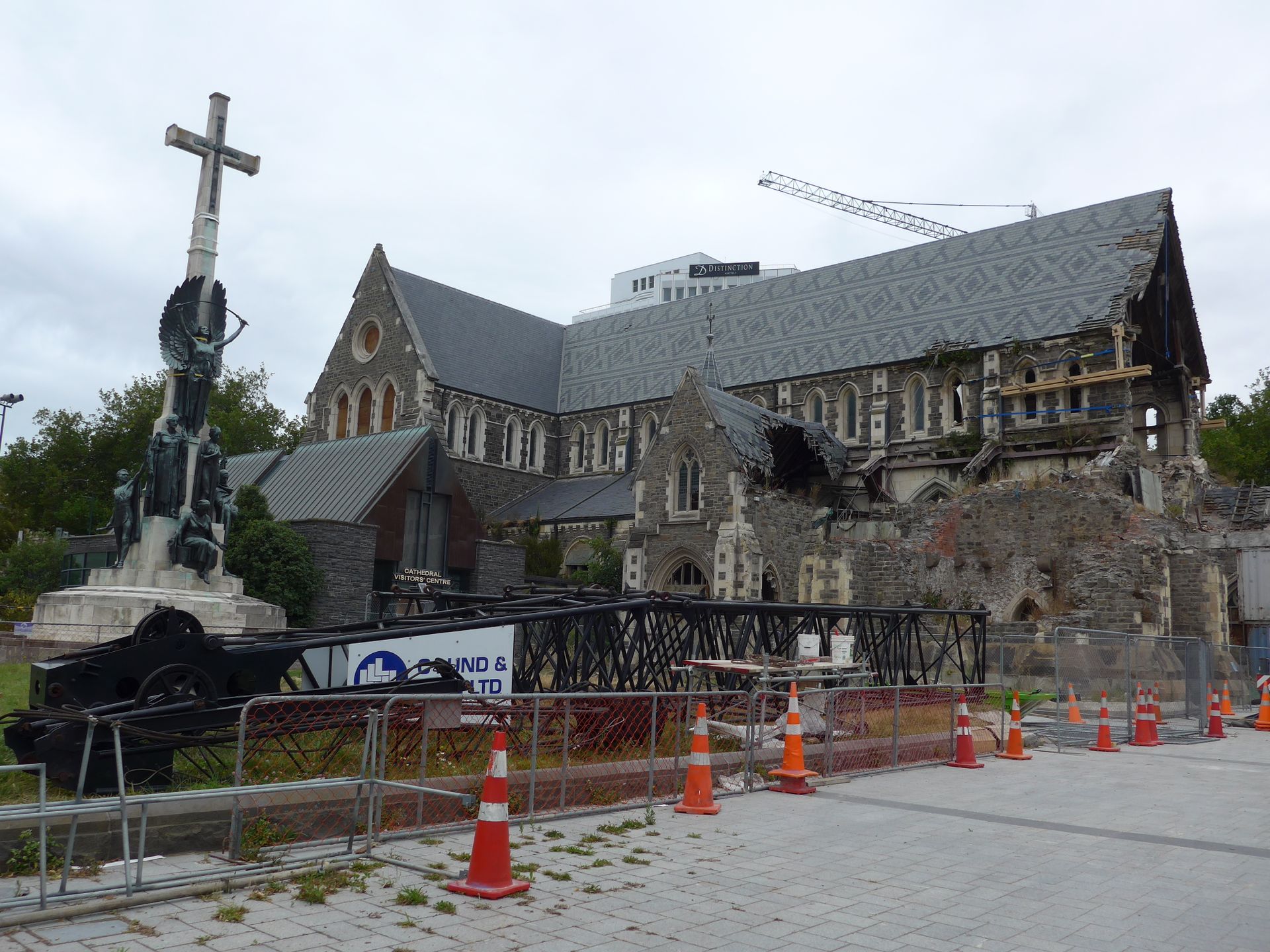
As a temporary solution, the Cardboard Cathedral was built, which is supposed to be mostly made of cardboard. To us, it looked like it was made of many other materials, but the idea is certainly unique.
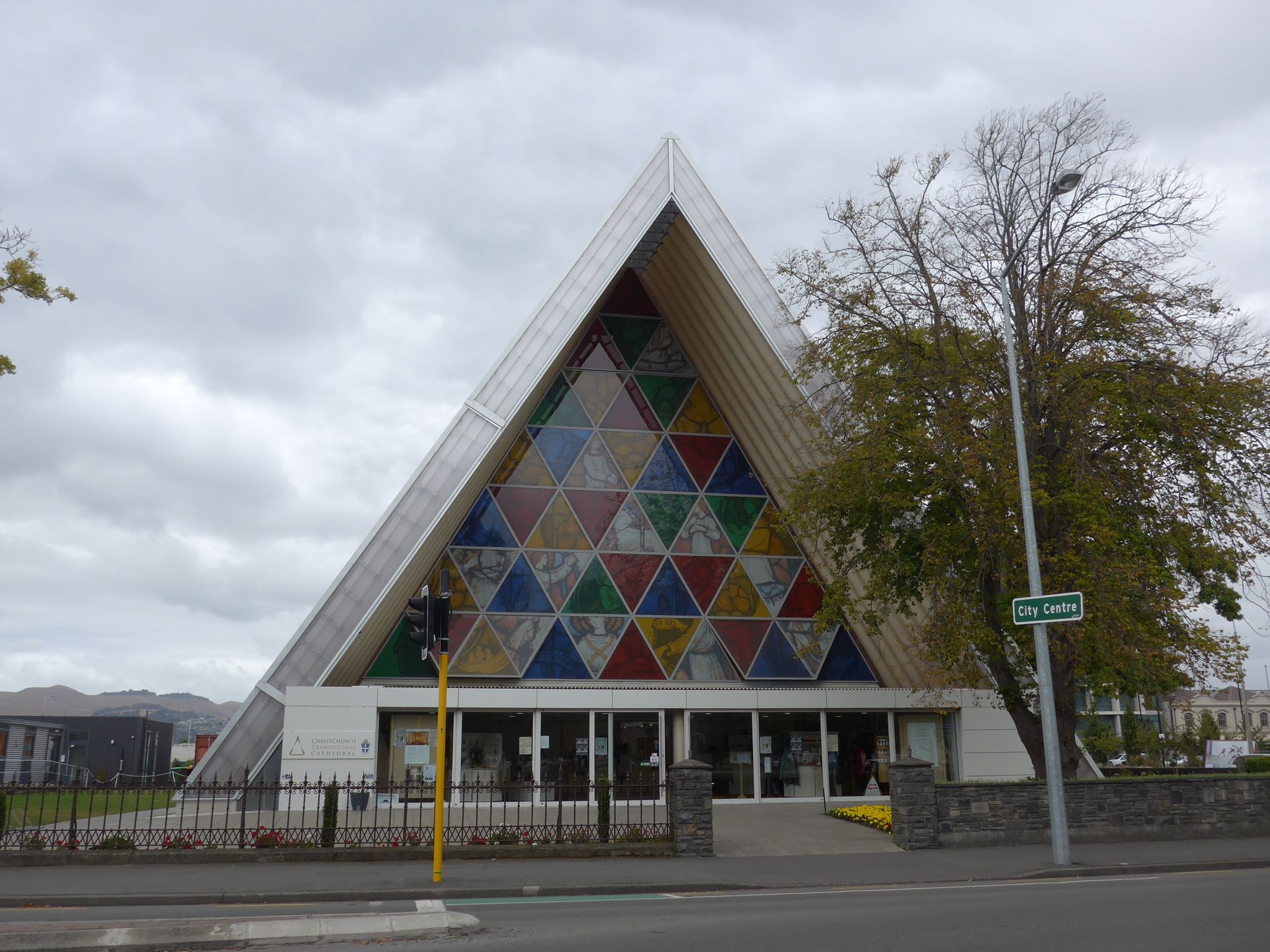
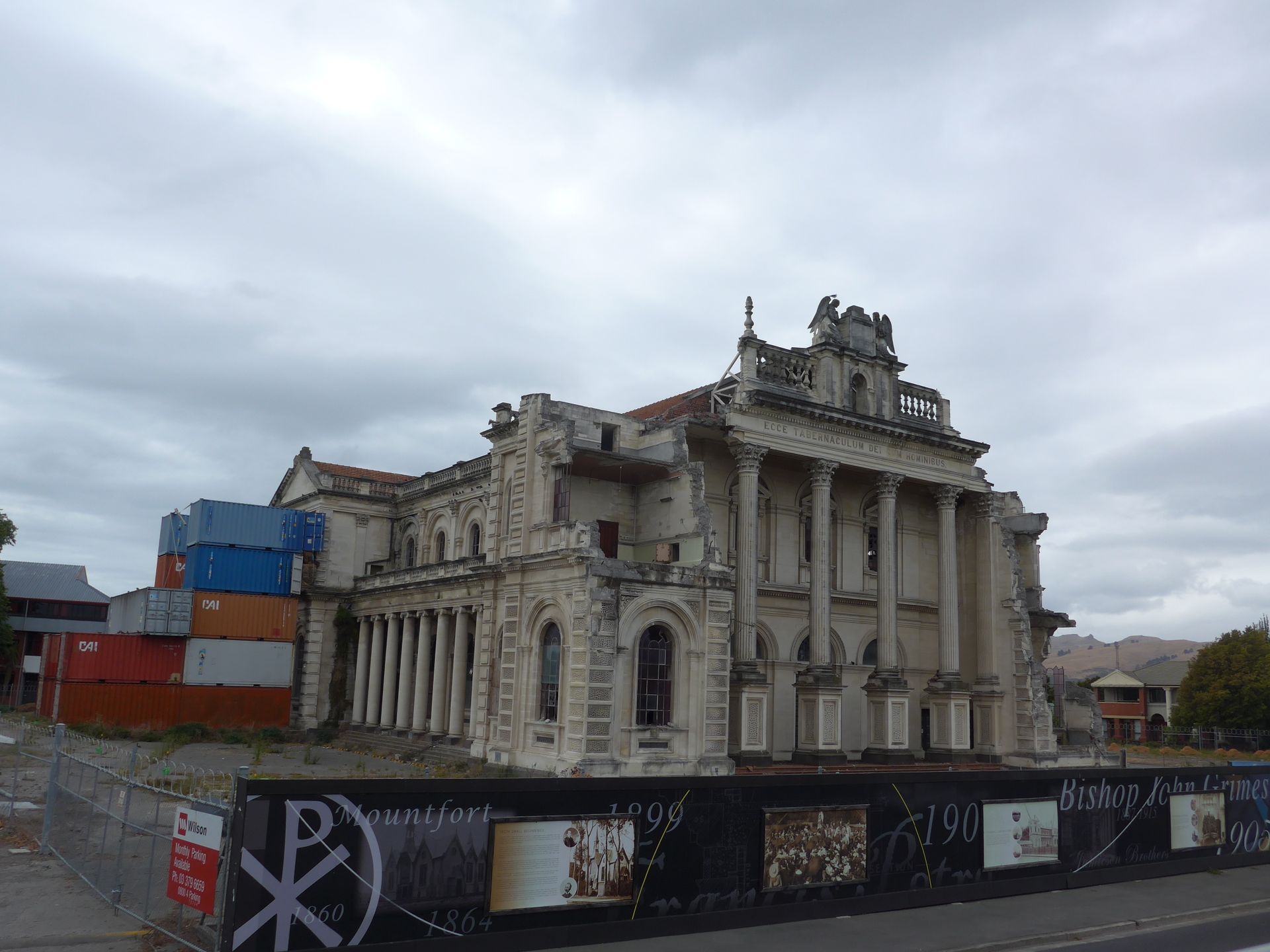
However, another church survived the earthquake quite well because there was not enough money to build it out of stone. That's why St. Michael and All Angels Parish Church was built out of wood, which withstood the earthquake due to its flexibility. Even the wooden windows remained intact.
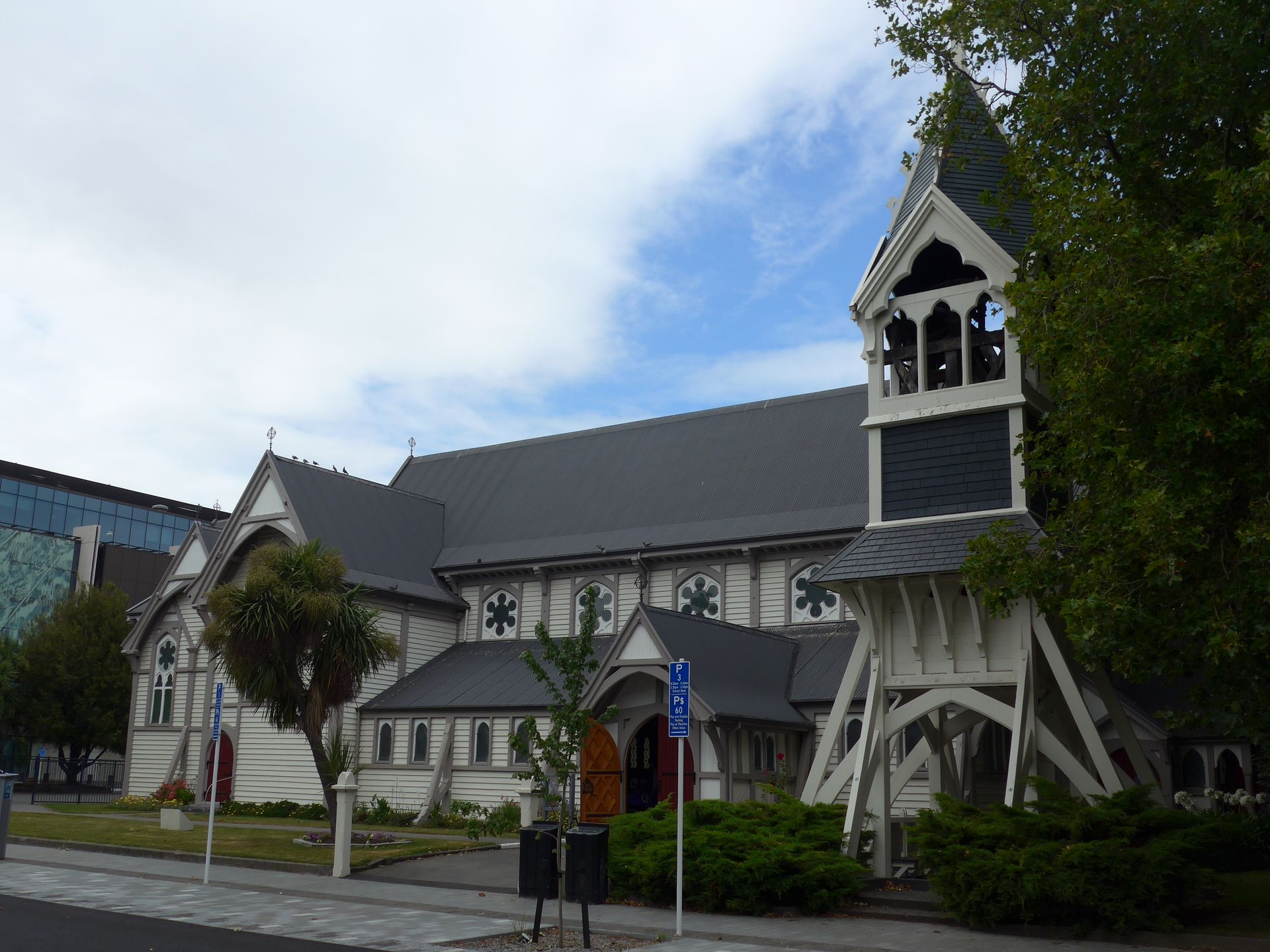
Christchurch is also known as the "Garden City". The botanic garden, surrounded by parks, covers an area of 30 hectares.
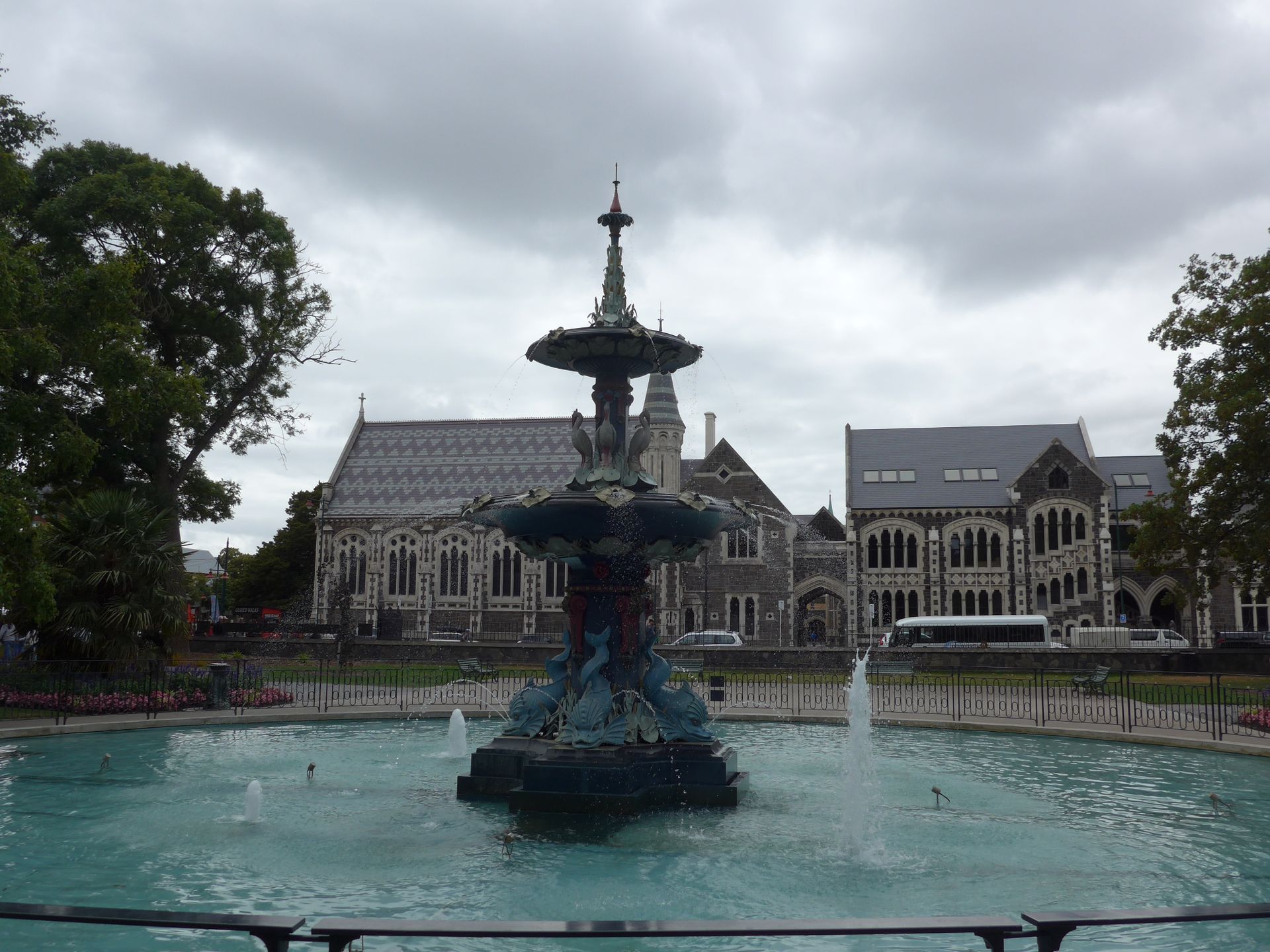
The large greenhouses also contain exotic plants, but we were able to see the native flora during our walk through the garden.

Since the day was unpleasant, we also visited the city's museums.
After exploring modern art at the Christchurch Art Gallery and taking a tour of the modern New Zealand artist Gordon Walters, we went on to the Canterbury Museum.
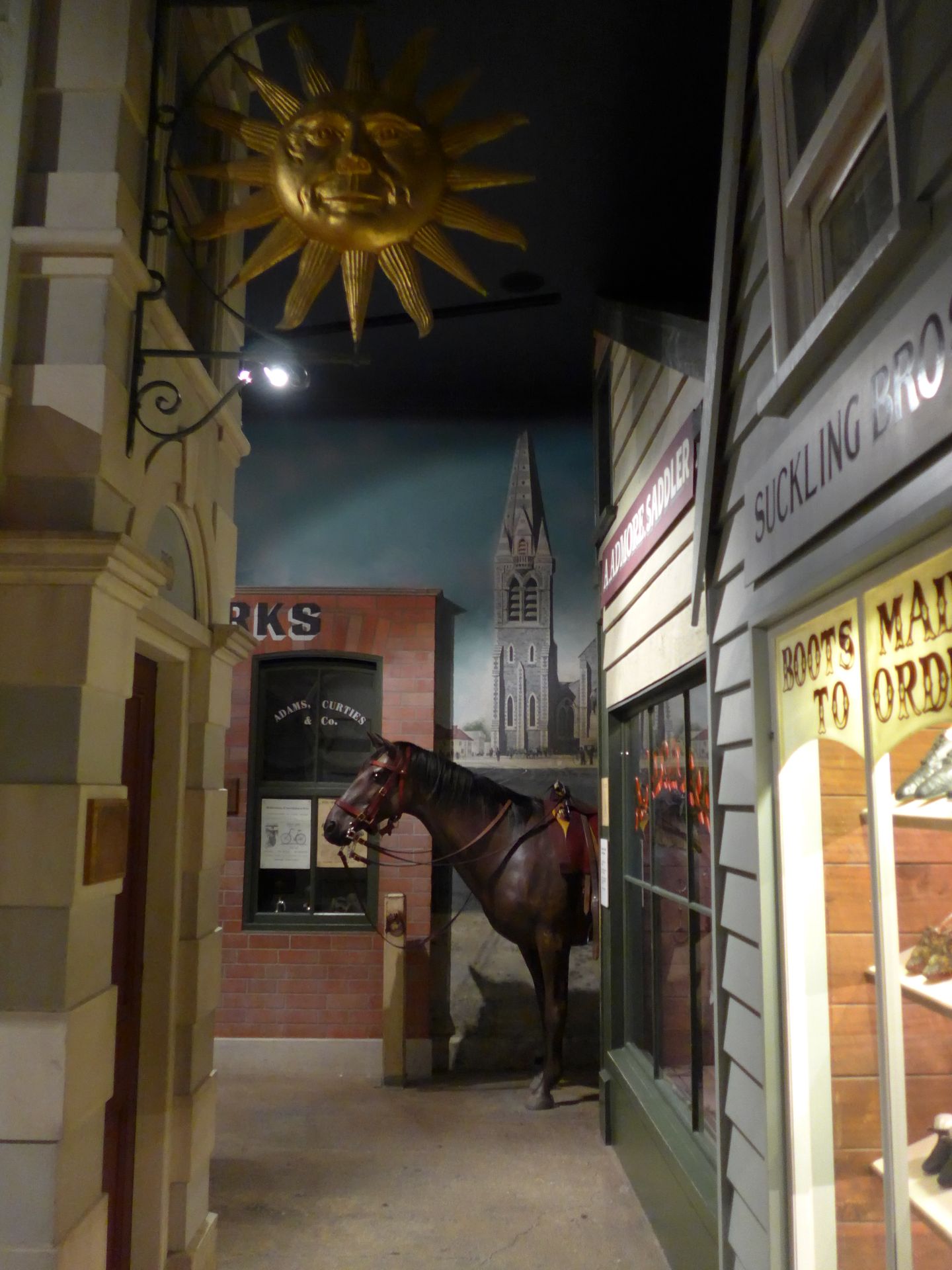
There, we walked through a street like in the 19th century and saw a house with walls completely decorated with seashells.
Zapisz się do newslettera
Odpowiedź

Raporty z podróży Nowa Zelandia
